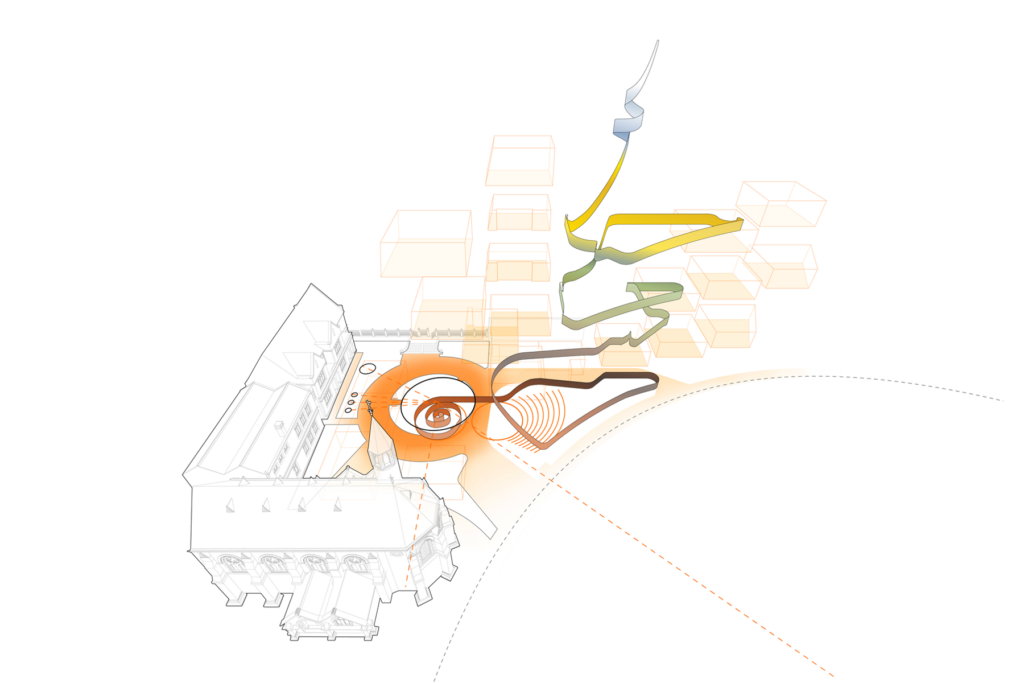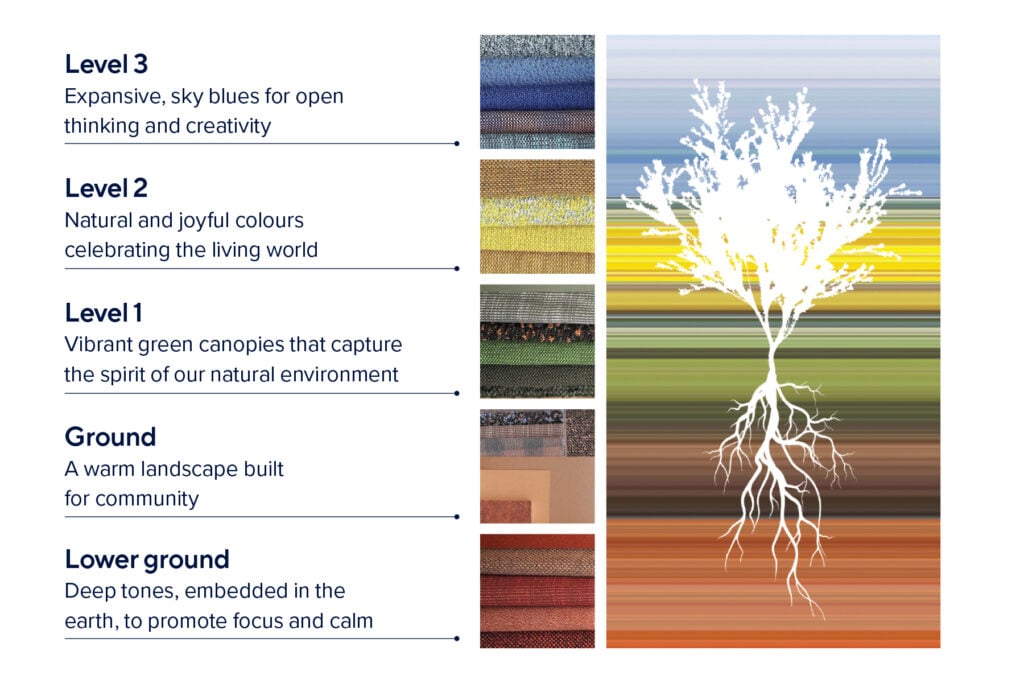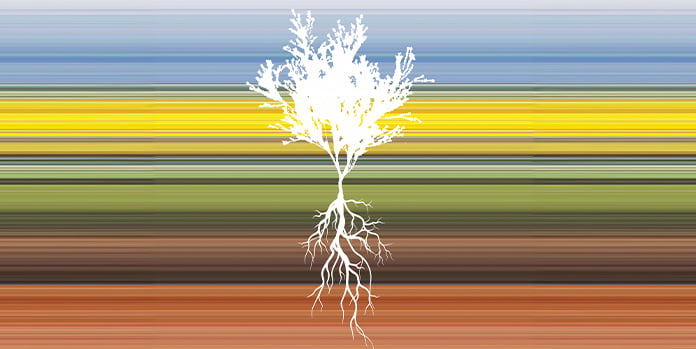
How much does colour impact your life? Your ability to focus? Maybe. Your mood? Almost definitely. But what about how your brain holds and makes sense of information… or even, your capacity to learn?
From the very beginning of a student’s journey at Melbourne Grammar School, their learning environment is tailored to bring out their best.
Hidden in plain sight, the School’s use of colour is engineered to signal and cue responses that can focus a student’s attention when it matters most.
Colour becomes a subtle way of ramping up and ramping down stimulus as you move through the School, and if implemented correctly, can become an important tool for how students begin to categorise things in their environment.
Students at Grimwade House are treated to classrooms bursting with primary colours.
As students get older, they become more sensitive to subtleties; as they get to Wadhurst and then Senior School, they’re immersed in blends and lighter pastels.
A considered palette
Humans are emotional animals, and different colours engender different emotions.
The sculptural simplicity of the Geoff Handbury Science and Technology Hub makes use of stark yellows amidst a sea of grey – holding a mirror to the sense of discovery and breakthrough we can experience when exploring and understanding the natural world through observation, experimentation, and theory.
Later this year, the School will break ground on the new Centre for Humanities, planned to open in late 2026.
Students’ ability to grasp subjects like Philosophy and English underpins much of how they make sense of the world around them.
The Centre for Humanities needs to do more than just hold students’ attention – it needs to light their imagination.
With new facilities for the teaching of English, Philosophy, History, and Media Studies, the Centre has been designed from top to bottom with students and teachers in mind, including its colour palette.
Working closely with current students, the architects are using the power of storytelling to nurture students’ creativity. And the story, quite fittingly, is one of history.
In contrast to the crisp and immutable palette of the Hub, the Centre will utilise tones and light pastels evocative of classic, native, Australian bush colours.
From the lower ground of the building, up through the earth and ultimately looking up towards the sky, the Centre’s colours are rooted in natural imagery – notably Australia’s national flower, the golden wattle (Acacia pycnantha).
As students ascend the spiral staircase, browns will give way to reds and yellows, which then meld with classic eucalyptus green and expansive sky blues.
The structure of the building, and how the disciplines will be arranged throughout, are reflections of not just Australian history, but the World’s.
Media Studies classrooms, in the lower level, will reflect the shades of the earth, with deep tones to foster a sense of calm, introspection, and thoughtfulness.
Philosophy will occupy the rooms around the Caldera, the lively heart of the building and a place for students to come together, wrapped in warm timber.
History, Geography, Classical Studies and Politics are underscored by vibrant green canopies that celebrate the natural environment.
English is explored across the uppermost levels: joyful blues and yellows framing uninhibited outdoor views to encourage open thinking and creativity.
Ultimately, the Centre for Humanities will do more than educate – it will ignite the imagination of every student who steps inside.




